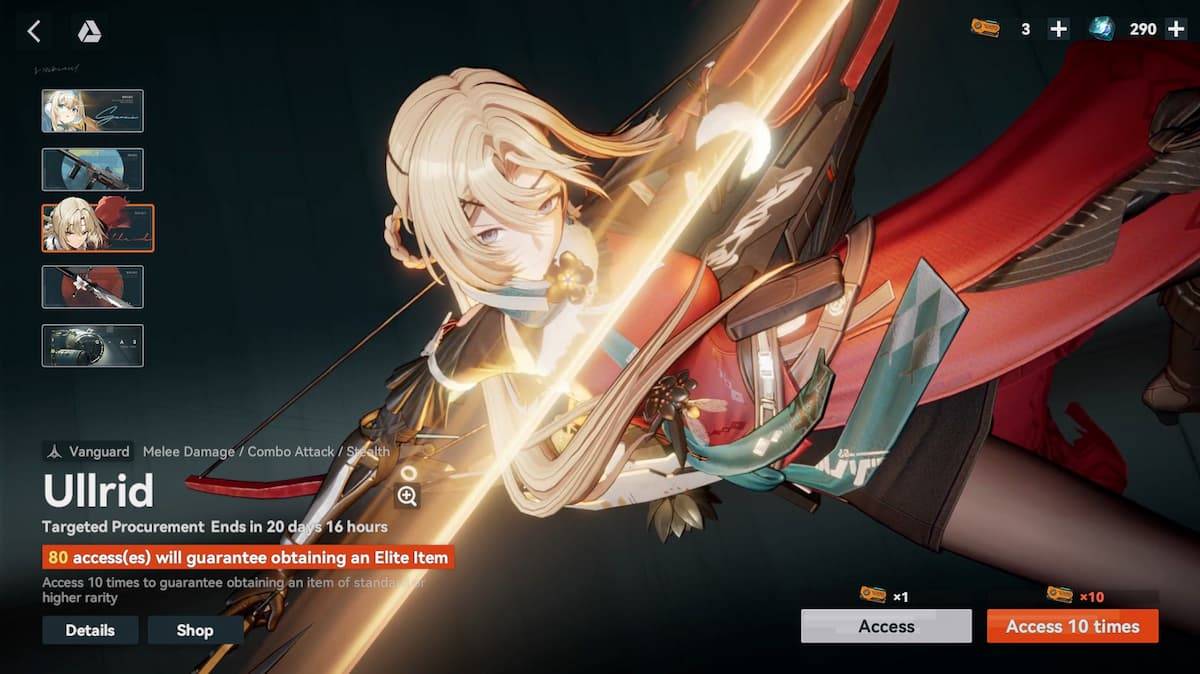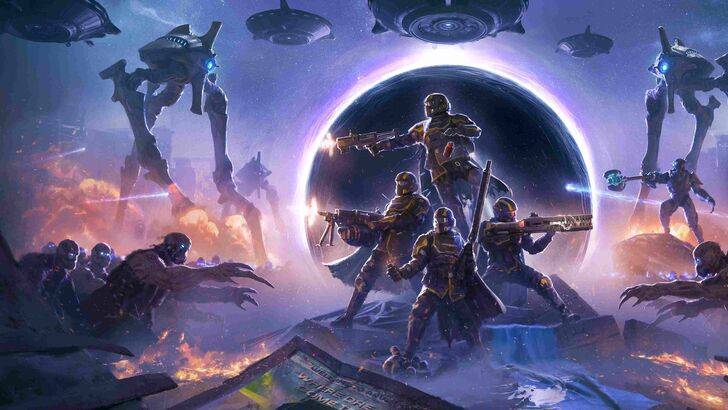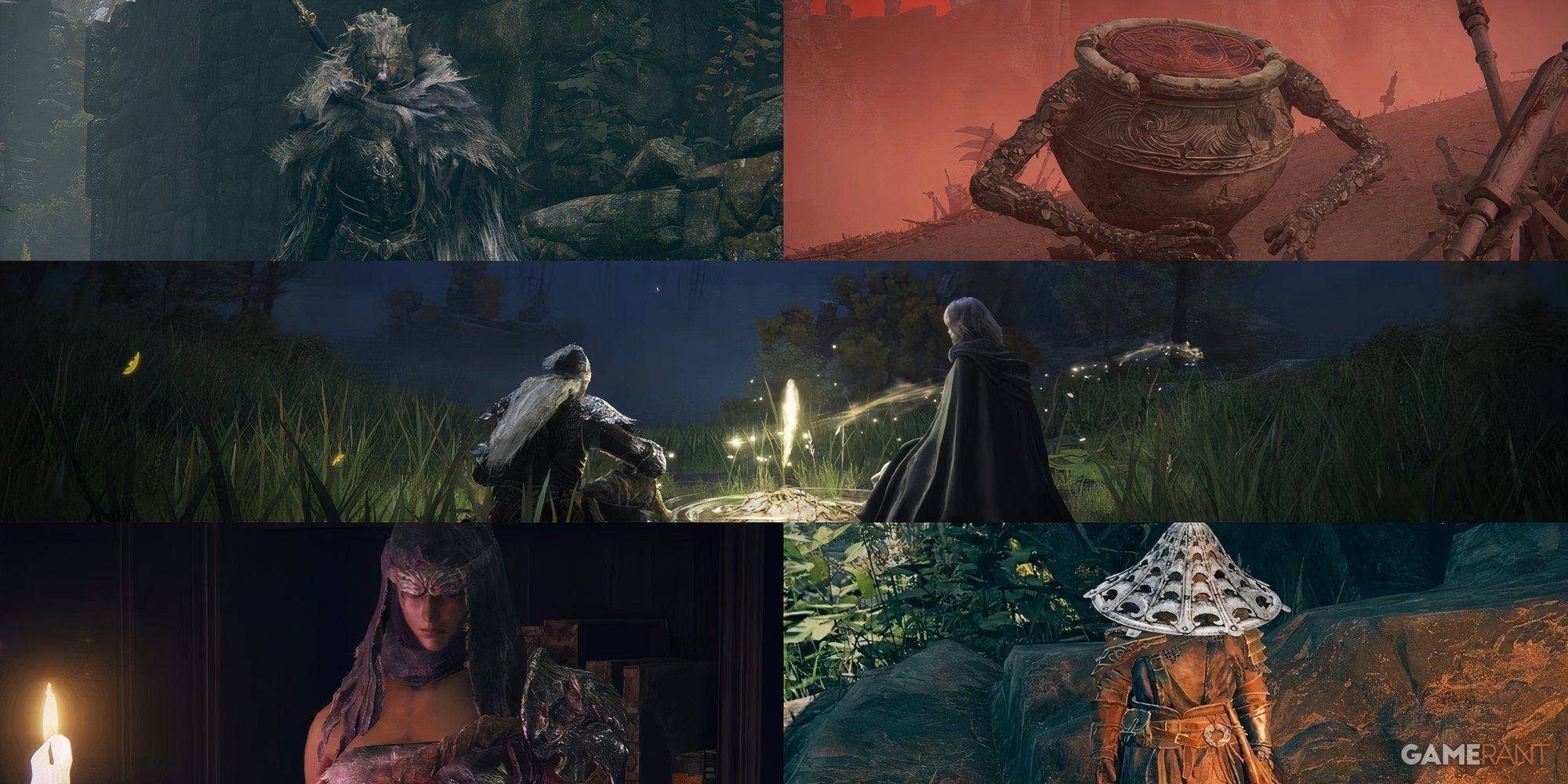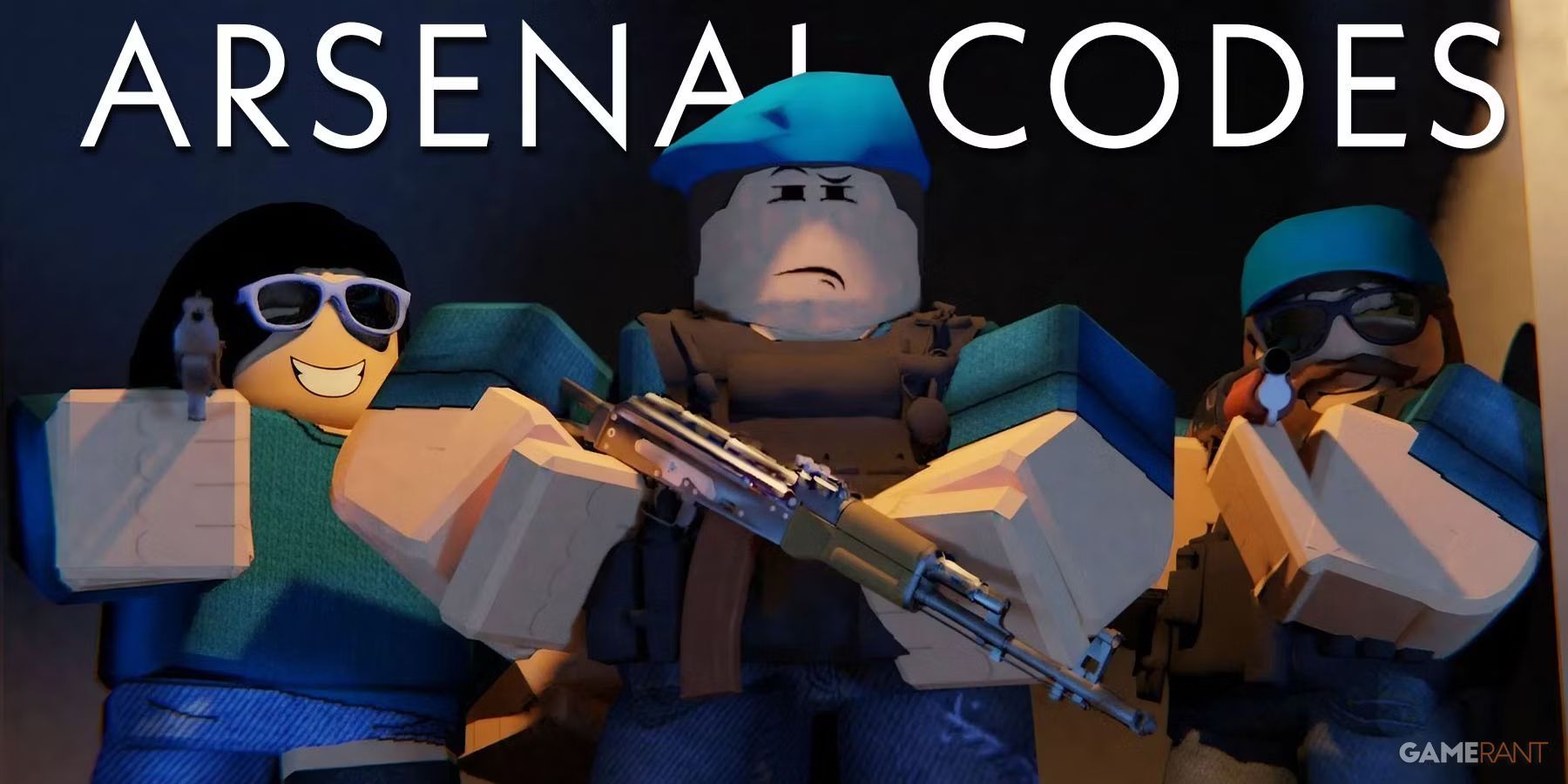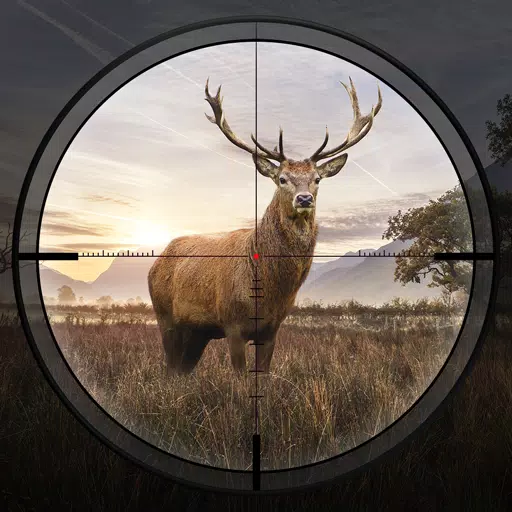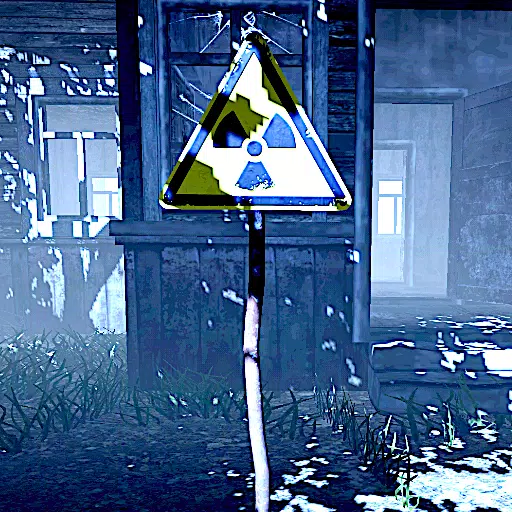"Blades of Fire: First Look Revealed"
When I first sat down to experience MercurySteam's latest venture, Blades of Fire, I anticipated a revival of the studio's Castlevania: Lords of Shadow series, infused with the modern flair of God of War. However, within an hour, the game had shifted my expectations, presenting elements reminiscent of a Soulslike, where the focus was on weapon stats rather than traditional RPG character development. By the conclusion of my three-hour hands-on session, it was evident that Blades of Fire masterfully blends its inspirations with innovative mechanics, crafting a unique and engaging action-adventure experience.
Though it may initially evoke comparisons to Sony Santa Monica's God of War, Blades of Fire carves its own path. The game's dark fantasy setting, coupled with its heavy-hitting combat and a third-person perspective that keeps you close to the action, indeed echoes Kratos's Norse adventures. Yet, as I delved into the opening hours, the similarities extended further—I navigated a labyrinthine map rich with treasure chests, aided by a youthful companion who helped solve puzzles, as we sought a mysterious woman of the wilds residing in a house perched on a giant creature. The game also borrows from FromSoftware's playbook, with anvil-shaped checkpoints that not only replenish health potions but also respawn enemies, adding to the familiar yet distinct atmosphere.
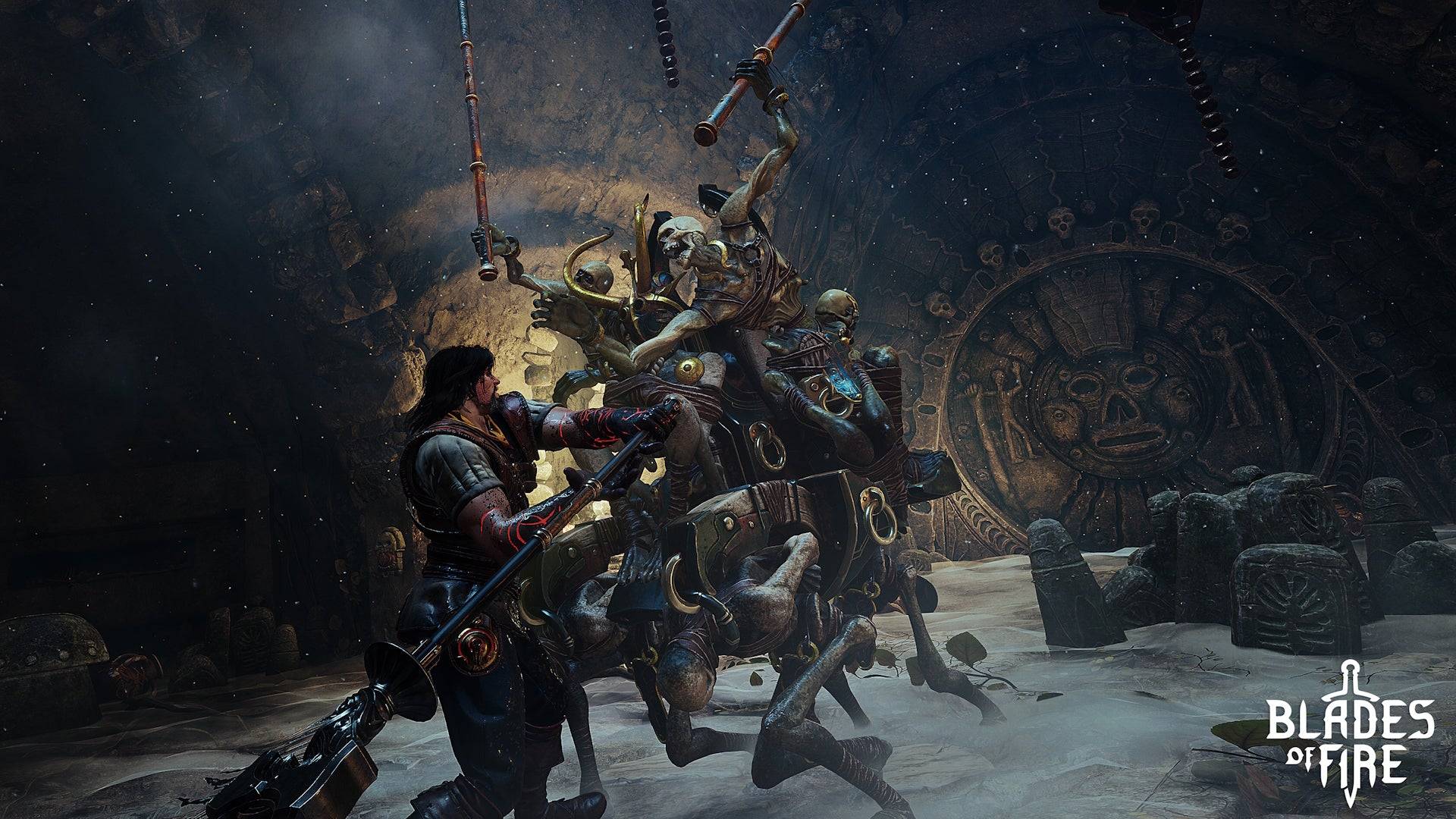
The world of Blades of Fire exudes a nostalgic 1980s fantasy vibe, where figures like Conan the Barbarian could seamlessly blend with its muscular warriors, and quirky orangutan-like foes bouncing on bamboo pogo sticks wouldn't be out of place in Jim Henson's Labyrinth. The narrative, too, has a retro feel—an evil queen has petrified the world's steel, and it's up to you, Aran de Lira, a blacksmith demigod, to slay her and restore the metal. However, while the setting and premise are charmingly old-school, the story and characters may struggle to captivate, echoing the often forgettable narratives of the Xbox 360 era.
Where Blades of Fire truly excels is in its mechanics. The combat system, grounded in directional attacks, utilizes every face button on the controller. On a PlayStation pad, triangle targets the head, cross the torso, while square and circle swipe left and right. This system rewards careful observation of enemy stances, allowing you to break defenses effectively—a soldier guarding their face, for instance, can be defeated by aiming for the gut, resulting in satisfyingly visceral strikes.
The system shines in boss encounters, such as the demo's first major boss, a slobbering troll. This foe has a second health bar that becomes vulnerable only after dismembering it. The limb you sever depends on your attack angle, enabling strategic disarming. Even more intriguing, you can slice off the troll's face, blinding it temporarily and shifting the dynamics of the fight.
Weapons in Blades of Fire demand meticulous care. Their edges dull over time, reducing damage with each strike, necessitating the use of sharpening stones or switching stances, as the edge and tip wear independently. This mechanic, akin to Monster Hunter, requires you to find moments to sharpen during combat. Furthermore, each weapon has a durability meter that inevitably leads to breakage, necessitating repairs or crafting new ones at anvil checkpoints.
Blades of Fire Screenshots
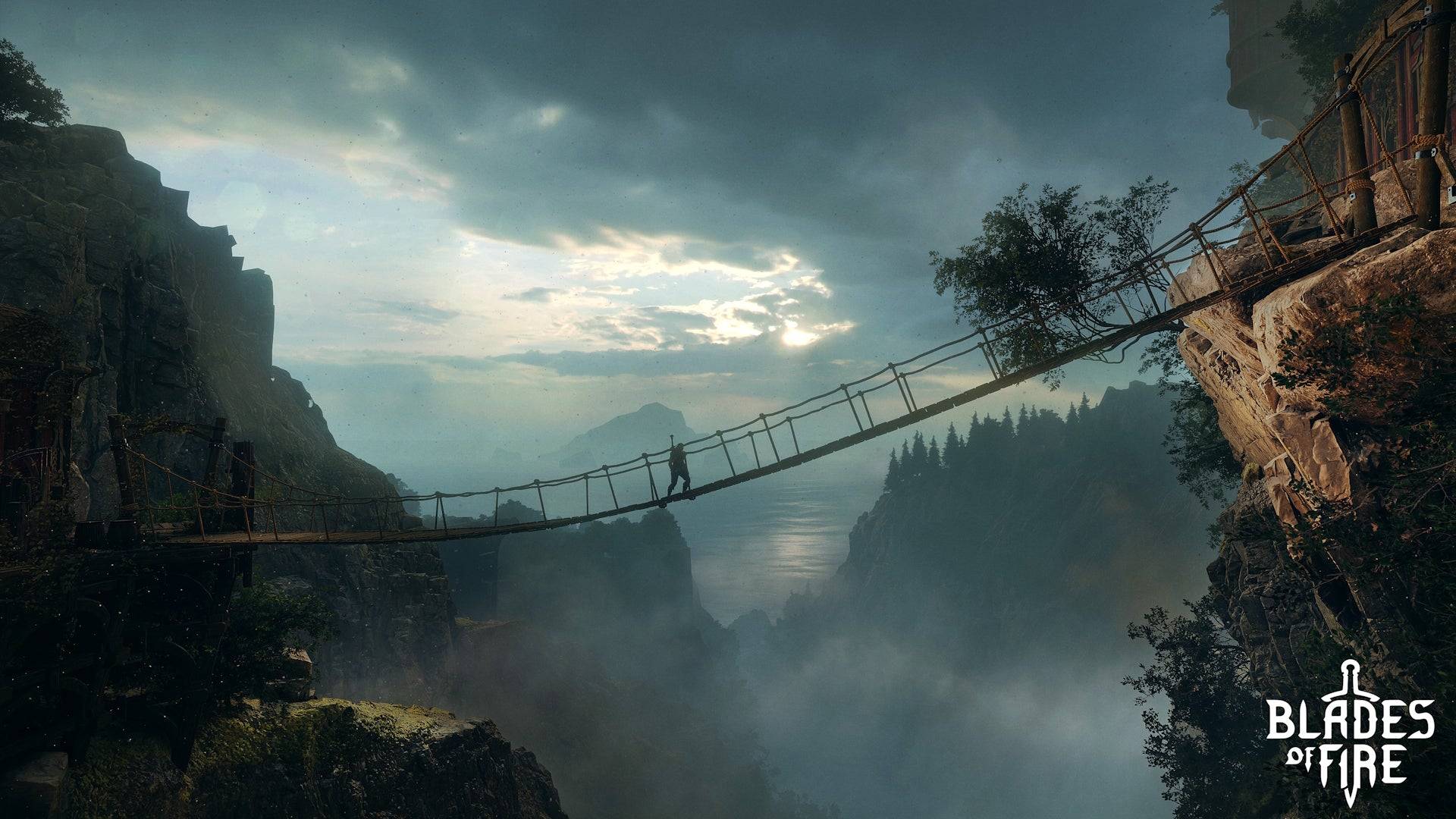
 9 Images
9 Images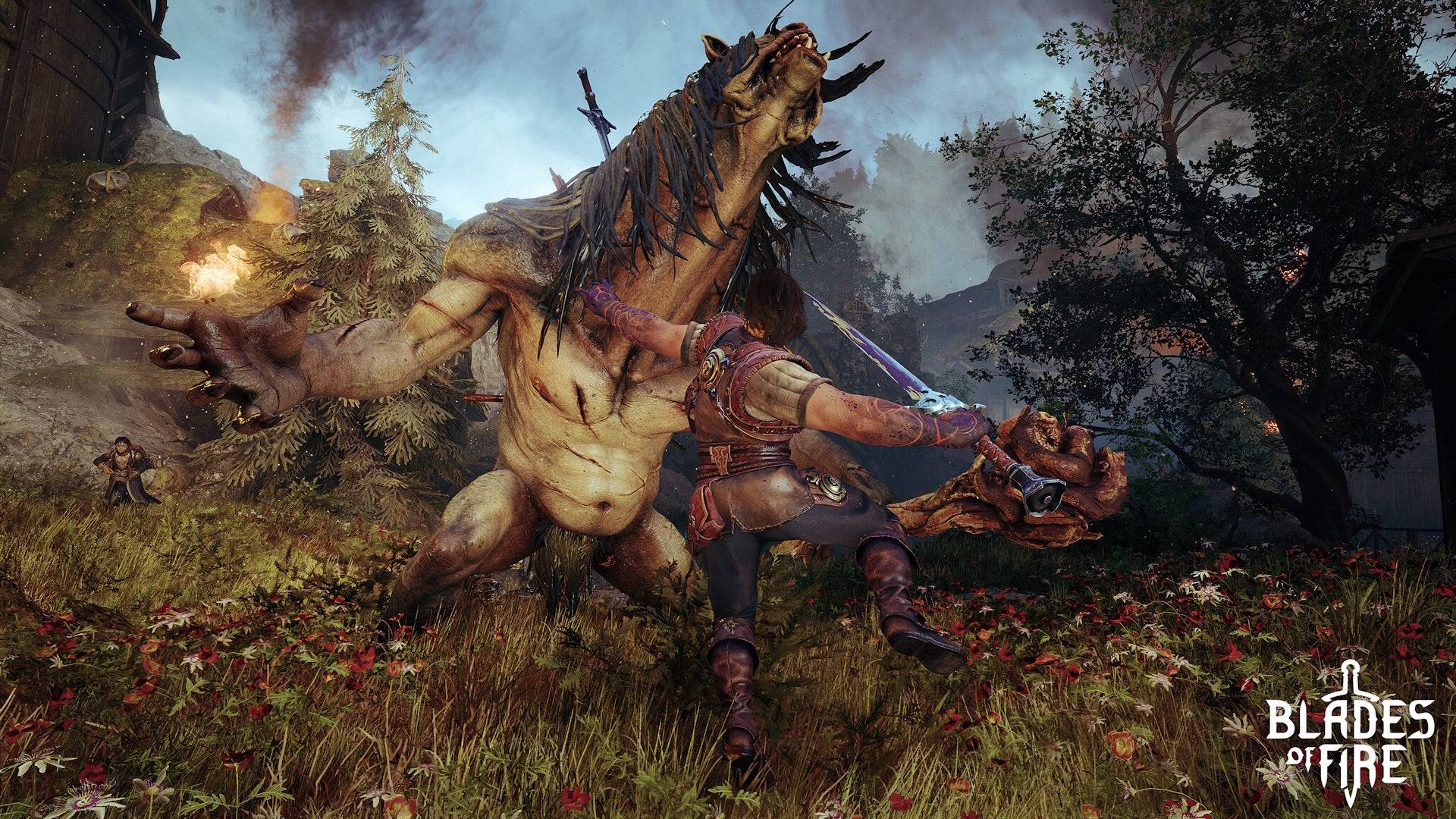


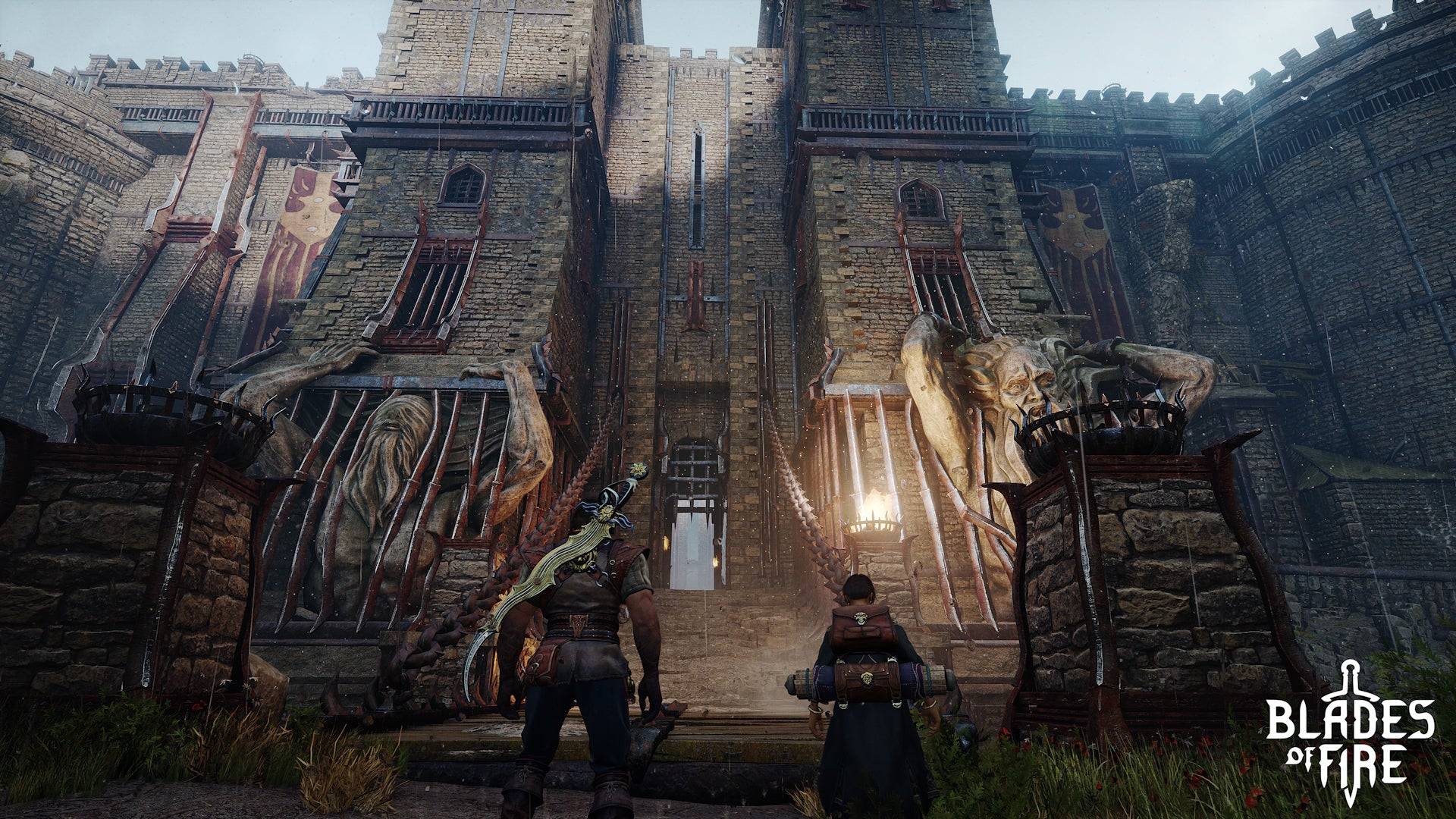
The heart of Blades of Fire lies in its innovative weapon crafting system. Rather than discovering new weapons, you start at the forge, selecting a basic template and modifying it. For example, when crafting a spear, you can adjust the pole's length and the spearhead's shape, affecting its range and attack type. Different materials influence the weapon's weight and stamina demands, adding depth to the crafting process.
Crafting is just the beginning. You then physically hammer out the metal on an anvil through a minigame that requires precision in controlling the length, force, and angle of each strike. The goal is to match a curved line with vertical bars, akin to a graphic equalizer, in as few strikes as possible to avoid overworking the steel. Your success is measured by a star rating, impacting how often you can repair the weapon before it's lost forever.
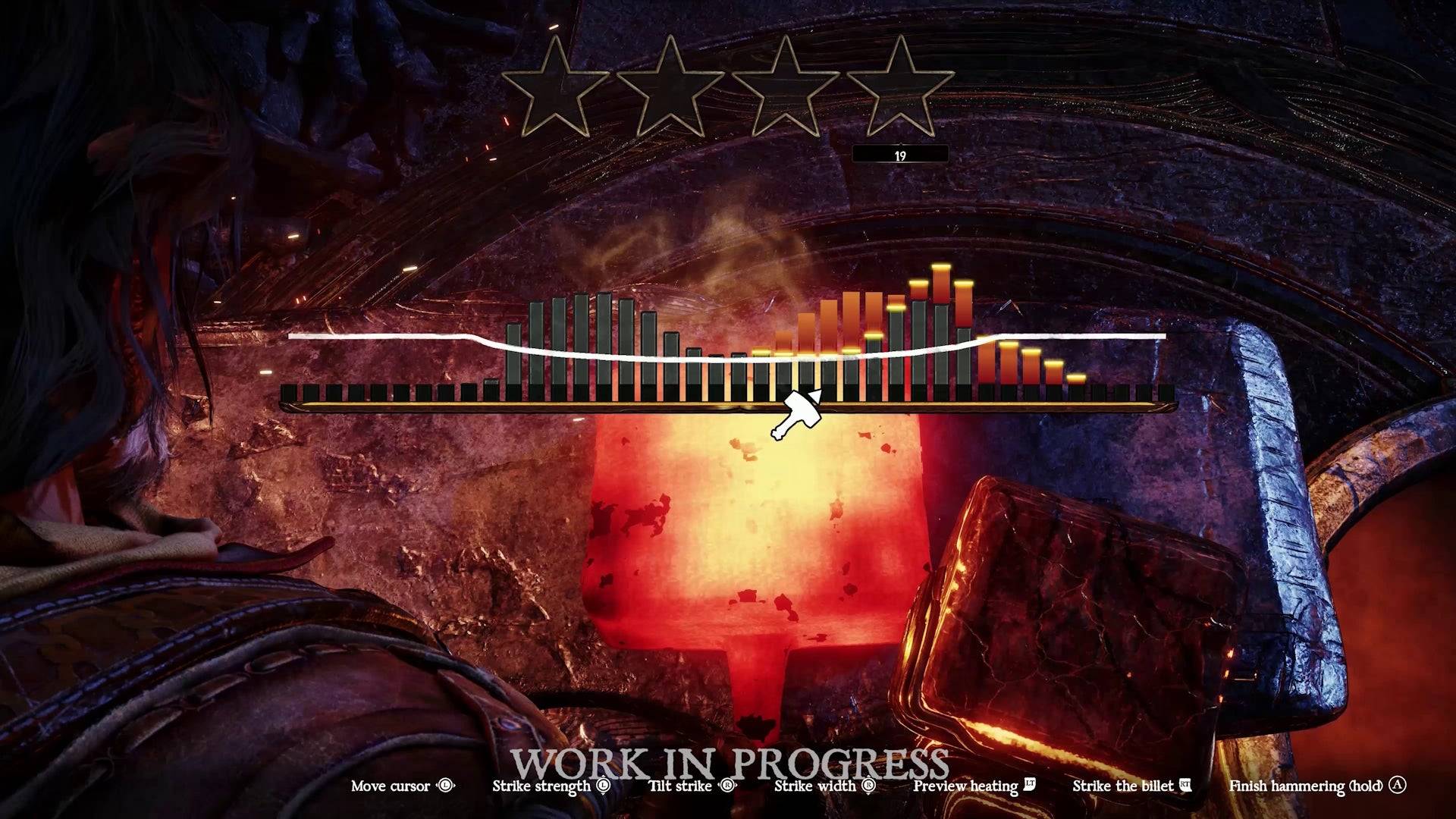
While I appreciate the forge's concept and its skill-based approach to crafting, the minigame felt somewhat opaque. The connection between strikes and resulting metal shape was unclear, suggesting a need for refinement or better tutorials before launch.
MercurySteam's vision extends beyond the demo's scope, aiming for a 60-70 hour journey where players form deep attachments to their crafted weapons. As you explore and discover new metals, you can reforge and enhance your weapons to tackle increasingly challenging foes. The death system further emphasizes this bond, as you drop your current weapon upon defeat and must recover it to continue your journey.

MercurySteam's Blades of Fire draws from a rich tapestry of influences, including the brutal combat of its predecessor Blade of Darkness, FromSoftware's innovations, and the world design of God of War. Yet, it transcends these inspirations, crafting its own distinctive experience. While I have concerns about the game's ability to sustain a 60-hour adventure within its generic dark fantasy setting and the potential lack of enemy variety, the intricate relationship between your forged blades and the challenges they face is undeniably compelling.
In an era where complex games like Elden Ring and Monster Hunter have captured mainstream attention, Blades of Fire has the potential to offer a fresh and fascinating contribution to the action-adventure genre.
Latest Articles












![Roblox Forsaken Characters Tier List [UPDATED] (2025)](https://images.dyk8.com/uploads/18/17380116246797f3e8a8a39.jpg)
